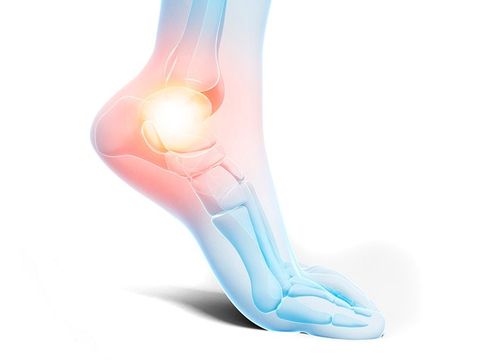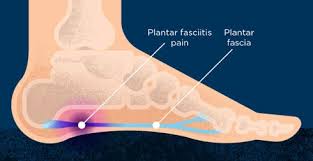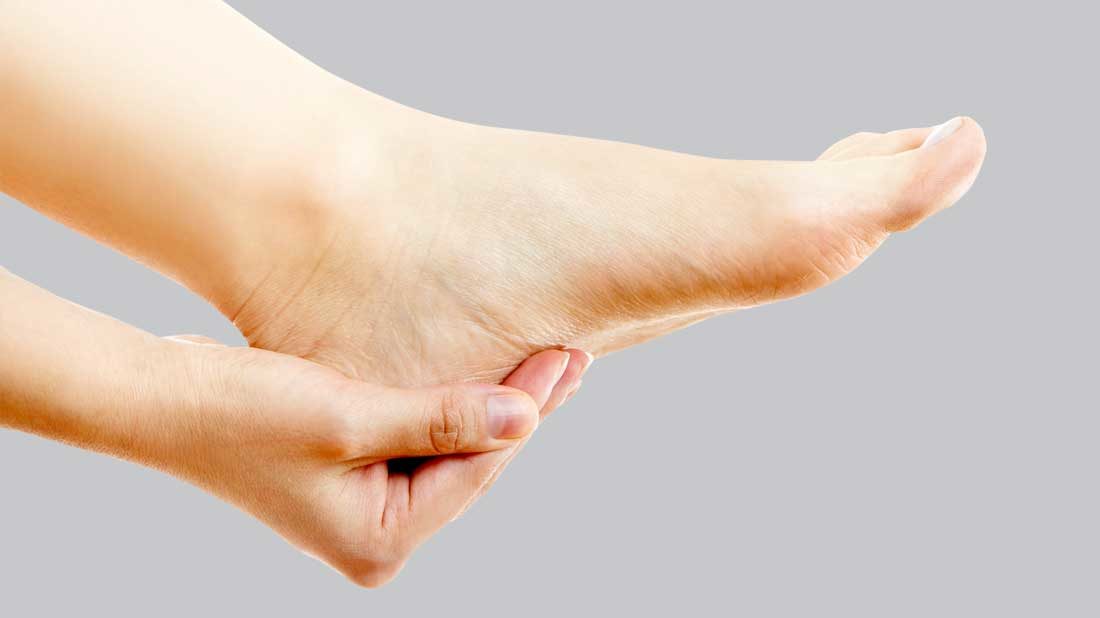Plantar fasciitis usually causes a stabbing pain that happens within your first steps of your morning. The pain usually lowers down once you stand and move more but after a while of standing up the pain might return. Those who run a lot might endure this condition rather than someone who sits down a lot. To add on, people who are corpulent and those who do not wear shoes that have good support will have a better chance of having plantar fasciitis.
Symptoms from Plantar Fasciitis
The pain is the worst once you wake up and take your first steps but it can also happen when you are standing up for a long period of time. The pain can also worsen within exercising. Medical Doctor Diaz in Splendor Regenerative Medicine explain very well about this treatment because is very painful and very frequently. Plantar fasciitis is also considered a “first-step pain.
How is it diagnosed?
Diagnosing this condition isn’t as difficult because the doctor can usually notice if you have it or not by simply checking for tender areas in the foot. The doctor can often pinpoint what is causing the pain by its location. It is very unlikely for the doctor to run any X-rays or MRI if he detects that it is Plantar fasciitis because it normally goes away by itself after a few weeks or months. Rest is needed as well as taking over-the-counter pain medication to lessen any swelling. But it is necessary to contact doctor again if swelling and redness does not minimize.

What are the best shoes for Plantar Fasciitis?
Look for plantar fasciitis shoes that have all or most of the following:
- Appropriate arch support
- A broad heel base to absorb shock
- Avoiding heavy shoes
- Back straps
- Contoured and cushioned footbeds
- Flats, or heels of no more than two to three inches
Your best choice is finding a well-made shoe that provides good support. The best shoes are made from lightweight materials.
What are some good exercises to avoid getting plantar Fasciitis?
- Toe Curls with Towel (Repeat 10 times at least 1-2 times per day)
- Placing a small towel on the floor.
- Use an involved foot
- Curl the towel towards you using your toes only.
- Relax
2. Toe Extension (Hold 10 seconds. Repeat for 2-3 minutes. Repeat 2-4 sessions per day)
- Sit with your legs crossed over.
- Grasp your toes with one hand and bend the toes and ankle upwards as far as you can in order to stretch the arch and calf muscle.
- With the other hand, perform deep massages with the arch of your food.
3. Ice Massage Arch Roll (Repeat for 3-5 minutes, 2 times per day)
- Rest your foot on a cold can, water bottle, golf ball or tennis ball
- Roll your foot back and forth over the object. Learn more about Plantar Fasciitis in Splendor Regenerative Medicine.
What are some good exercises to avoid getting plantar Fasciitis?
- Toe Curls with Towel (Repeat 10 times at least 1-2 times per day)
- Placing a small towel on the floor.
- Use an involved foot
- Curl the towel towards you using your toes only.
- Relax
2. Toe Extension (Hold 10 seconds. Repeat for 2-3 minutes. Repeat 2-4 sessions per day)
- Sit with your legs crossed over.
- Grasp your toes with one hand and bend the toes and ankle upwards as far as you can in order to stretch the arch and calf muscle.
- With the other hand, perform deep massages with the arch of your food.
3. Ice Massage Arch Roll (Repeat for 3-5 minutes, 2 times per day)
- Rest your foot on a cold can, water bottle, golf ball or tennis ball
- Roll your foot back and forth over the object. Learn more about Plantar Fasciitis in Splendor Regenerative Medicine.


